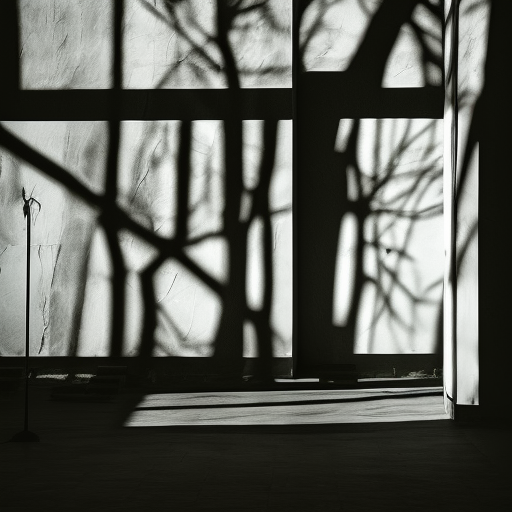Summary:
Black and white photography is a timeless art form that captures images in shades of gray, without the use of color. It has a rich history and continues to be a popular medium for photographers to express their creativity and evoke emotions. This summary explores the origins of black and white photography, its characteristics, techniques, and its enduring appeal in the modern era.
Origins and Characteristics:
Black and white photography has its roots in the early days of photography when color film was not yet available. The first successful permanent black and white photograph was created by Joseph Nicéphore Niépce in 1826. Since then, black and white photography has evolved into an art form that is appreciated for its ability to convey mood, texture, and form.
One of the key characteristics of black and white photography is its ability to simplify an image by removing the distraction of color. Without the influence of color, the viewer is able to focus on the composition, lighting, and subject matter of the photograph. Black and white images often have a timeless quality, as they strip away the distractions of modern life and allow the viewer to see the world in a different way.
Techniques:
There are several techniques that photographers use to create compelling black and white images. One of the most important is understanding how different colors translate into shades of gray. For example, a red object will appear darker in black and white, while a yellow object will appear lighter. This knowledge allows photographers to manipulate the tonal range of their images and create a desired mood or effect.
Another technique is the use of contrast. Black and white images rely heavily on the interplay between light and dark areas. By adjusting the contrast, photographers can create a sense of depth and drama in their photographs. High contrast images have a bold and graphic quality, while low contrast images have a softer and more subtle feel.
Enduring Appeal:
Despite the availability of color photography, black and white images continue to captivate viewers and photographers alike. The absence of color allows the viewer to focus on the essence of the image, emphasizing shapes, lines, and textures. Black and white photography has a timeless quality that transcends trends and fads, making it a popular choice for both traditional and contemporary photographers.
Black and white photography also has the ability to evoke a sense of nostalgia. Many iconic images from the past were captured in black and white, and this association with history and the past adds to the allure of the medium. Additionally, black and white images can convey a sense of mystery and moodiness, allowing the viewer to interpret the image in their own way.
In the modern era, black and white photography has been embraced by digital technology. While film photography still has its dedicated followers, digital cameras and editing software have made it easier than ever to create stunning black and white images. Photographers can now shoot in color and convert their images to black and white during the editing process, giving them more control and flexibility.
In conclusion, black and white photography is a timeless art form that continues to captivate viewers with its simplicity and ability to evoke emotions. Its origins date back to the early days of photography, and it has evolved into a medium that is appreciated for its ability to convey mood, texture, and form. With its enduring appeal and the advancements in digital technology, black and white photography remains a powerful and popular medium for photographers to express their creativity.












